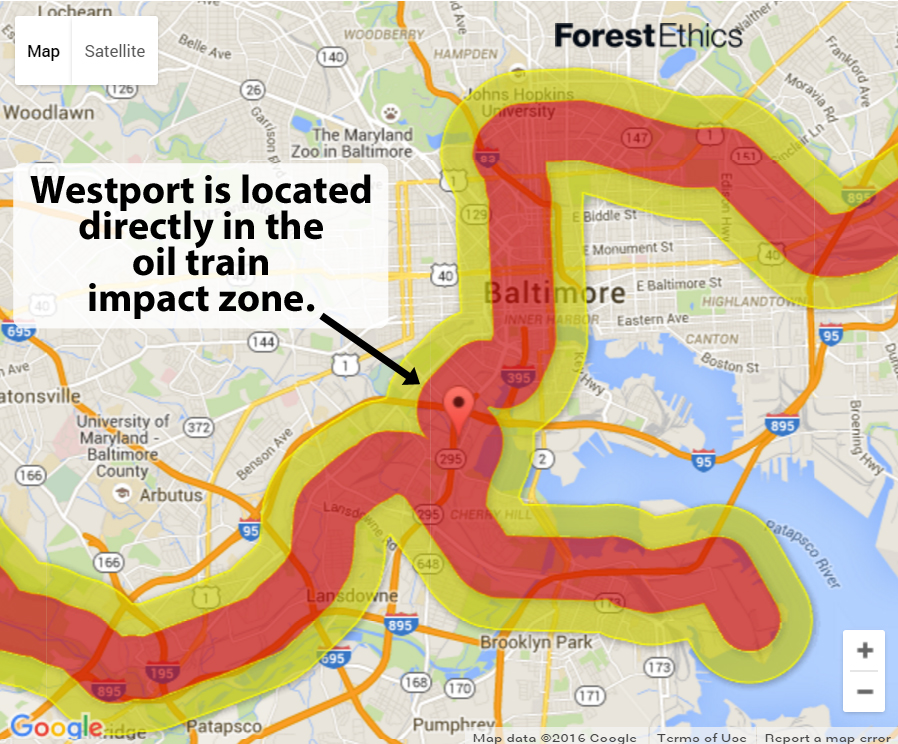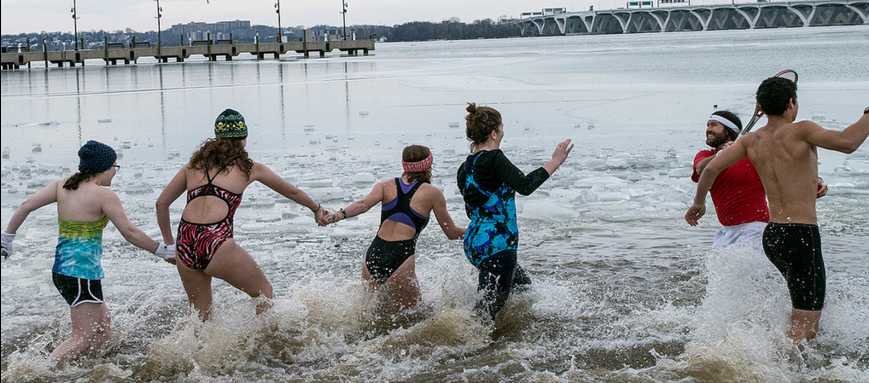Groups in Two States Challenge WB XPress
On behalf of conservation groups in Virginia and West Virginia, Appalachian Mountain Advocates today filed a formal protest and motion to intervene in the Federal Energy Regulatory Commission’s permitting process for the WB XPress, an $850 million natural gas infrastructure proposal from Columbia Gas Transmission.
The project consists of two new compressor stations, 26 miles of pipeline replacement, and 2.9 miles of new pipeline in Virginia and West Virginia. Construction would impact the Monongahela National Forest, as well as privately owned forest and agricultural lands.
“The WB XPress would fragment prime forest habitat, endanger family farms and homes, and amplify the threats to drinking water and air quality in communities plagued by fracking operations,” explained Ben Luckett, Staff Attorney with Appalachian Mountain Advocates. The WB XPress is intended to boost Columbia’s capacity to pipe fracked natural gas from West Virginia’s Marcellus region. The fracked gas would be sold in markets farther south and perhaps abroad.
“We’re also highly concerned that this project will increase the pressure to build the Mountaineer XPress, which would have even more destructive impacts throughout our region,” explained Luckett. The Mountaineer XPress, proposed by a consortium owned in part by Columbia Gas, involves constructing three new compressor stations and approximately 165 miles of new pipeline in West Virginia.
This fall, these same groups filed similar challenges to the proposed Atlantic Coast Pipeline and Mountain Valley Pipeline. These groups hope to shed light on the rash of gas projects currently pending FERC review. “Appalachian communities have been hard-hit by the fracking boom, and now face the threat of a huge build-out of natural gas infrastructure,” explained Kate Rooth with Appalachian Voices. Collectively, the projects involve thousands of miles of pipeline construction and upgrades costing tens of billions of dollars to move fracked gas out of West Virginia.
The massive network of new gas infrastructure proposed for the region has prompted many to call on FERC to perform a comprehensive analysis of the entire planned pipeline scheme. “FERC should perform one comprehensive review of these massive fossil fuel projects so we can see the entirety of the environmental and climate impacts of this proposal — not a fragmented one that fails to recognize the devastating impacts these pipelines would have,” said Kirk Bowers, Virginia Chapter of the Sierra Club.
“Taken together, these pipeline projects will lock the region into decades of reliance on a fossil fuel that is just as bad as coal for our climate,” said Anne Havemann, general counsel for the Chesapeake Climate Action Network.
A new report by the Sierra Club found that just two of the pipeline proposals would trigger nearly twice as much total climate-disrupting pollution as all the existing stationary sources in Virginia combined. Climate-disrupting emissions from the WB XPress project will only add to the problem.
“Every dollar invested in this dirty and dangerous fossil fuel is better spent on clean energy and energy efficiency,” said Havemann. The Chesapeake Climate Action Network has found that for the same cost as building the Atlantic Coast Pipeline, for example, a utility could instead install solar panels to power over 400,000 homes.
Columbia Gas Transmission filed its application with FERC earlier this year. FERC is tasked with determining whether the project will serve the “public convenience and necessity” and coordinating an environmental review. Columbia has asked FERC for a certificate decision by Dec. 1, 2016.
Appalachian Mountain Advocates has intervened on behalf the following groups: Appalachian Voices, Chesapeake Climate Action Network, and the West Virginia and Virginia chapters of the Sierra Club.
View the formal protest and motion to intervene at: http://appvoices.org/images/uploads/2016/02/Motion-to-Intervene-and-Protest-WB-XPress.pdf
Contact:
Anne Havemann, 240-396-1984, anne@chesapeakeclimate.org

















